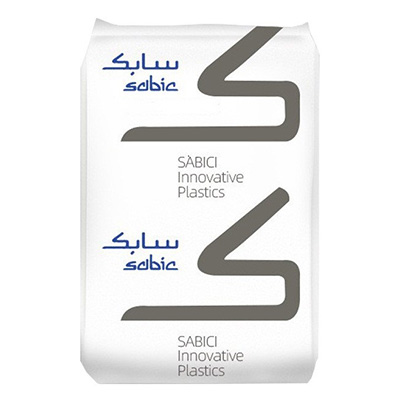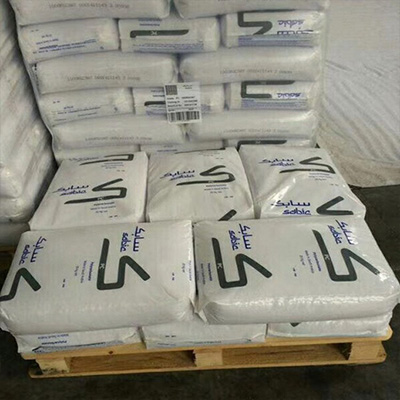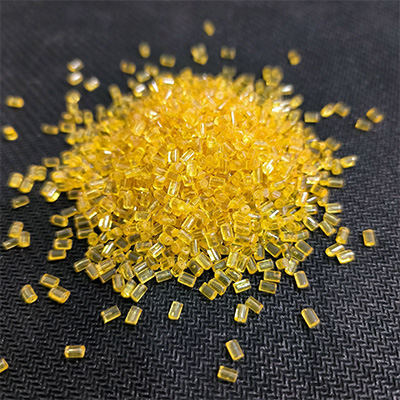NORYL™
PPO-Polyphenyl ether



Polyoxyxylene was made by General Electric A.S. ay in 1956. It was made of 2, 6-dimethylphenol by oxidizing coupling with cuprous chloride as catalyst. It was published in 1964 and named PPO.
Polyoxylene is one of the cheaper heat-resistant plastics, but it is difficult to make and its impact and heat resistance decreases over time. Mixing polyoxylene and polystyrene can improve this shortcoming. In the 1960s, a modified version of polyoxylene was developed under the trade name Noryl. Modified Polyphenylene Oxide, or MPPO, or MPPE (Modified Polypheether), is the primary ylene commonly used in the market.
PPO is non-toxic, transparent, relatively small density, with excellent mechanical strength, stress relaxation resistance, creep resistance, heat resistance, water resistance, water steam resistance, dimensional stability. Good electrical performance in a wide range of temperature and frequency, the main drawback is poor melting fluidity, processing and forming difficulties, the actual application of most MPPO (PPO blend or alloy), such as PS modified PPO, can greatly improve the processing performance, improve the stress cracking resistance and impact performance, reduce the cost, but heat resistance and luster slightly reduced. Modified polymer PS (including HIPS), PA, PTFE, PBT, PPS and a variety of elastomers, polysiloxane, PS modified PPO has a long history, a large number of products, MPPO is the largest use of general engineering plastic alloy variety. The larger MPPO varieties are PPO/PS, PPO/PA/ elastomer and PPO/PBT/ elastomer alloys. PPO and MPPO can use injection molding, extrusion, blow molding, molding, foaming and electroplating, vacuum coating, printing machine processing and other processing methods, because of the large viscosity of melt, high processing temperature.